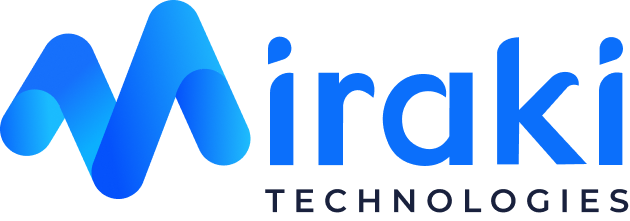Home / Blogs / Cloud
Application Monitoring in Cloud-Native Environments: What You Need to Know
As businesses across industries accelerate their shift to cloud-native architectures, they unlock unprecedented scalability, agility, and operational efficiency. Yet, this transformation also brings new layers of complexity—highly distributed microservices, ephemeral workloads, and ever-growing data streams. Traditional monitoring approaches simply can’t keep up.
To thrive in this dynamic landscape, businesses need enterprise observability—not just to detect issues but to predict and prevent disruptions before they impact users. Whether it’s tracking IoT devices across a global network, optimizing applicant tracking systems software, or ensuring real-time performance across multi-cloud environments, the ability to see, understand, and act on application data is now a competitive differentiator.
The question is no longer if you should monitor, but how effectively you can. Cutting-edge enterprise observability services empower organizations to move beyond reactive fixes and embrace a data-driven, AI-powered strategy for sustained digital success.
To thrive in this dynamic landscape, businesses need enterprise observability—not just to detect issues but to predict and prevent disruptions before they impact users. Whether it’s tracking IoT devices across a global network, optimizing applicant tracking systems software, or ensuring real-time performance across multi-cloud environments, the ability to see, understand, and act on application data is now a competitive differentiator.
The question is no longer if you should monitor, but how effectively you can. Cutting-edge enterprise observability services empower organizations to move beyond reactive fixes and embrace a data-driven, AI-powered strategy for sustained digital success.
The Growing Complexity of Cloud-Native Monitoring
Cloud-native environments introduce several monitoring challenges:
To address these challenges, enterprises need an intelligent, automated, and scalable monitoring approach that integrates application performance monitoring, infrastructure monitoring, and security analytics in one unified platform.
- Highly Distributed Systems: Microservices running across containers, serverless functions, and multiple cloud platforms require deep visibility.
- Real-time Data Processing: Enterprises need instant insights to maintain optimal performance.
- Scaling Challenges: Cloud applications scale dynamically, making it difficult to track resource utilization and performance bottlenecks.
- Security and Compliance Risks: Without robust observability, businesses risk compliance failures and security breaches.
To address these challenges, enterprises need an intelligent, automated, and scalable monitoring approach that integrates application performance monitoring, infrastructure monitoring, and security analytics in one unified platform.
Beyond Monitoring: How Enterprise Observability Transforms Performance
Enterprise observability redefines monitoring by providing deep, real-time visibility into every layer of an organization’s digital ecosystem. Unlike traditional monitoring, which merely detects failures, observability empowers businesses with AI-driven analytics to anticipate issues before they escalate, ensuring seamless operations. With automated root cause analysis, teams can swiftly pinpoint performance bottlenecks, reducing downtime and optimizing user experience. Moreover, cross-cloud monitoring enables enterprises to track applications across AWS, Azure, Google Cloud, and hybrid environments, ensuring consistent performance at scale. Security remains a top priority, and observability enhances compliance monitoring by identifying vulnerabilities and enforcing regulatory standards. By embracing enterprise observability services, businesses can shift from a reactive approach to a proactive and predictive strategy, driving operational excellence and accelerating digital transformation.
Monitoring IoT Devices and Business-Critical Applications
With the rapid adoption of IoT devices, enterprises need robust solutions to monitor IoT devices across networks, ensuring seamless operations, security, and real-time data processing. Effective IoT monitoring prevents device failures, enhances predictive maintenance, and improves overall system reliability.
Similarly, industries utilizing applicant tracking systems software require real-time visibility into system performance, uptime, and user experience. Enterprise observability enables HR technology providers to optimize workflows, reduce latency, and enhance recruitment efficiency.
Similarly, industries utilizing applicant tracking systems software require real-time visibility into system performance, uptime, and user experience. Enterprise observability enables HR technology providers to optimize workflows, reduce latency, and enhance recruitment efficiency.
Splunk Observability: The Key to Achieving Performance Excellence
When it comes to enterprise observability services, Splunk observability stands out as a leader. Splunk offers a powerful, AI-driven observability platform that provides:
With Splunk observability, businesses can move beyond basic monitoring and leverage data-driven intelligence to optimize cloud-native performance.
- Real-Time Monitoring – Detect performance anomalies instantly.
- Log, Metrics, and Trace Analysis – A unified approach to full-stack observability.
- Seamless Integration – Support for Kubernetes, Docker, serverless architectures, and hybrid cloud environments.
- Scalable Performance Optimization – Automatically adapt to changing workloads.
With Splunk observability, businesses can move beyond basic monitoring and leverage data-driven intelligence to optimize cloud-native performance.
Choosing the Right Enterprise Observability Services
To effectively monitor cloud-native applications, businesses should look for enterprise observability services that offer:
- AI-Powered Insights – Automate anomaly detection and predictive analytics.
- Comprehensive Monitoring – Cover applications, infrastructure, security, and IoT.
- Scalability & Flexibility – Adapt to dynamic cloud environments.
- Seamless Integrations – Support multi-cloud and hybrid infrastructures.
- Real-Time Alerts & Remediation – Minimize downtime and optimize system performance.
Wrapping Up
In today’s cloud-first era, ensuring application performance monitoring is no longer optional—it’s a business imperative. By leveraging enterprise observability and adopting AI-driven platforms like Splunk observability, organizations can maximize uptime, optimize performance, and stay ahead of disruptions. Whether you need to monitor IoT devices, enhance applicant tracking systems software, or gain full-stack visibility into your cloud-native environment, enterprise observability services provide the foundation for sustained digital success.
Are you ready to elevate your application monitoring strategy? Let’s talk!
Are you ready to elevate your application monitoring strategy? Let’s talk!





 +91-9154904675
+91-9154904675